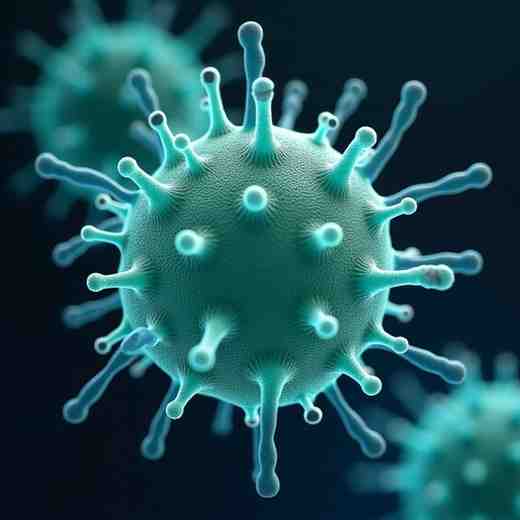
Genetically modified bacteria have been used to create self-powered chemical sensors as a result of recent developments in synthetic biology and bioelectrochemistry. Living biosensors that transform chemical inputs into electrical outputs have been developed by researchers from Zhejiang University and Imperial College London. These gadgets offer programmable, portable, and affordable bioelectronic uses.
Traditional Biosensors' Drawbacks
Enzymes are common in classical biosensors. They are generally expensive and fragile. It can take them time to respond especially in complex scenarios. It is difficult to combine portable electronics with whole-cell biosensor optical signals. Their application in working conditions in the field is limited by these issues.
Creating Bacteria That Generate Electrical Signals
Researchers employed Escherichia coli bacteria as biological platforms. The genetically modified bacteria were enhanced with three modules: output, information processing, and sensing. The sensing module employs the molecule switches for the determination of the target molecules. The signal is modified or amplified by the processing unit. The output module produces phenazines, which can be detected electrochemically.
Identification of Particular Chemicals
Two biosensors were developed. Arabinose was the first plant sugar that was established. Two hours later, the bacteria that had sensed the presence of arabinose generated phenazine‐1‐carboxylic acid, which then generated an electrical current, the size of which corresponded to the amount of sugar present. The second biosensor was developed for mercury ions so far. When mercury bound with the protein MerR, a genetic amplifier function upped the production of phenazine. This enabled the mercury to be detected at 25 nanomoles in three hours, below WHO guidelines.
Reasonable Functions of Living Sensors
Furthermore, the researchers engineered an E. coli "AND" gate. This gate only released its signal when two specific molecules were simultaneously in attendance. This demonstrates how sensitive biological biosensors can carry out complex biochemical computations.
Uses and Benefits
These live biosensors can work in contaminated environments, and can survive, too. Inexpensive electronics allow their electric outputs to be used for portable gadgets. The approach could revolutionize food safety testing, medical diagnostics, and environmental monitoring.
Concerning Escherichia coli
Humans and the intestines of other warm-blooded animals harbor E. coli as their resident bacteria. Most strains are harmless. Some cause extremely serious foodborne infections like Shiga toxin-producing E. coli (STEC). Contamination of food, such as raw milk, raw vegetables and undercooked meat, is the primary route of STEC transmission. It produces Shiga toxins similar to those of Shigella dysenteriae. STEC grows best at 37 °C and a temperature range of between 7 °C and 50 °C; it requires a minimum water activity of 0.95 and can grow in acidic (pH 4.4) meals. The killing of STEC is achieved when food is heated above 70 °C. Although O157:H7 E. Coli is the most deadly strain in terms of public health, outbreaks can come from other strains.
WHO Introduces Live Biosensors for Food Safety Testing and Diagnostics
-
Uses genetically modified bacteria to generate electrical signals.
-
Sensors can work in contaminated environments and survive, making them portable.
-
First biosensor, Arabinose, detected sugar levels.
-
Second biosensor, Mercury, detected mercury below WHO guidelines.
-
"AND" gate releases signals when two specific molecules are present.
-
Potential to revolutionize food safety
Month: Current Affairs - August 19, 2025
Category: current affairs daily